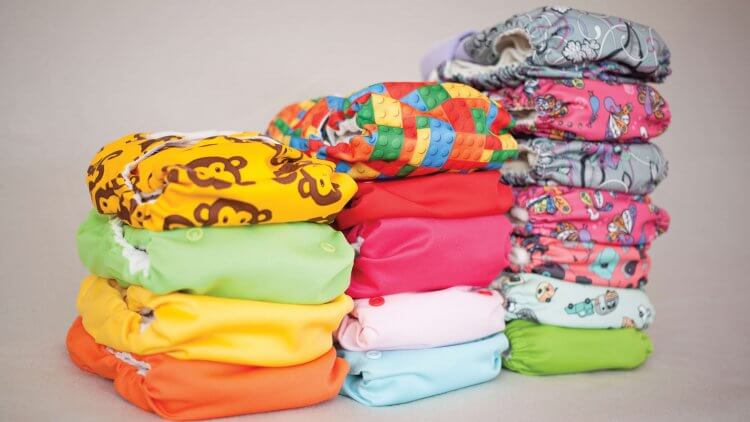Most parents are drawn to cloth nappies due to its reusable quality and cost savings. That said, it is well worth emphasizing that cloth nappies not only put more money in people’s pockets but good for the environment as well. How is this so?
Well, the fact the cloth nappies are reusable means that they are also good for the environment. As you might imagine, cloth nappies’ carbon footprint is only a mere fraction compared to disposable diapers. It’s not difficult to see why.
What’s so bad about disposable diapers?
While disposable diapers are extremely common and have always been the traditional choice for most parents, that doesn’t mean that they’re good for the environment and many reasons.
Starting with the most obvious — diapers are not only non-reusable, but they’re also non-biodegradable. That means that they can stick around for a long time (more than 500 years) after you’ve thrown them out. That makes them one of the worst types of rubbish found in landfills around the world.
Think about it — if you’ve used disposable diapers when you were a child, then it’d take five generations of your family before that material can break down. If you don’t want that same fact to apply to your children, then you would want to make the switch to reusable cloth nappies.
What do cloth nappies have to do with helping the environment?
For starters, cloth nappies are made from renewable materials like cotton and hemp (and not much of it). Disposable diapers, on the other hand, are mass-produced from non-renewable materials like plastic (PLA or PU).
If that’s not enough, picture the thought that it takes roughly one cup of crude oil to produce one disposable diaper. According to Junior Tribe Co ( a small business that promotes reusable and eco-friendly baby products), Cloth nappies require four times less energy to produce.
The same goes for the difference in the amount of water required for production. Disposable diapers need roughly twice the amount of water spent on cleaning a set of cloth nappy.
Given these circumstances, it is easy to see how making the switch to cloth nappies can prove beneficial to the environment. Hence if you’re concerned about reducing your carbon footprint you leave behind, you might be surprised that avoiding disposable diapers is one of the best ways to start.
Common misconceptions against the use of cloth nappies
Of course, there are always those who would challenge the arguments against disposable diapers stating that it doesn’t make a difference. One view says that constant rewashing ultimately waste more water than disposable diapers. Not to mention the use of laundry soap and energy spent towards drying the nappies.
While there’s no denying that the factors mentioned above do have some effect on the environment, that doesn’t change the fact that the widespread use of disposable diapers puts the environment in a much more dire situation.
Moreover, it is well worth considering that most modern nappies have become much more economical in rewashing. That is to say, they don’t require much water, bleach, and laundry soap to clean. Parents can likewise buy an ample supply of cloth nappies (at least four days of use) and limit washing days to twice a week. Doing so will help save energy, water, and time as you no longer have to wash cloth nappies daily.

